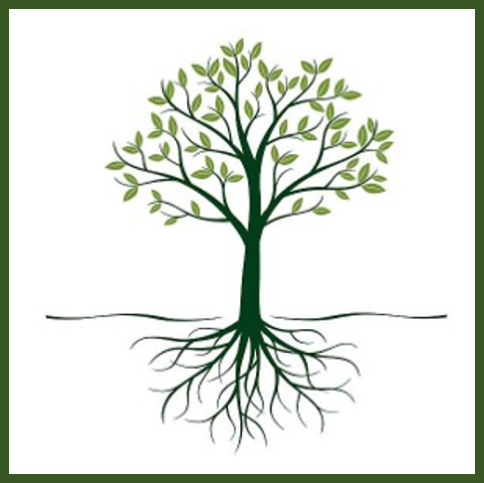American Beech
The American Beech tree (Fagus grandifolia) is a remarkable native tree species found in the eastern United States. Its majestic stature, smooth gray bark, and lush foliage make it a popular choice in both urban and forested landscapes.
Bitternut Hickory
Bitternut Hickory (Carya cordiformis) is a medium to a large deciduous tree that is native to Eastern North America, the best growth in moist valleys. It is also called Swamp hickory. There are over 16 species of hickory, and they share some similar characteristics. Some species may have different characteristics.
Black Cherry
.Black cherry (Prunus serotina) is a large, native tree found in the Midwest and throughout the eastern United States. Its showy white flowers appear as pendulous clusters in early spring, followed by dark, pea-sized fruits in late summer. The mature bark is dark and scaly, often flipping up on the edges.
Eastern Cottonwood
Eastern cottonwood (Populus deltoides), one of the largest eastern hardwoods, is short-lived but the fastest-growing commercial forest species in North America. It grows best on moist well-drained sands or silts near streams, often in pure stands. The lightweight, rather soft wood is used primarily for core stock in manufacturing furniture and for pulpwood. Eastern cottonwood is one of the few hardwood species that is planted and grown specifically for these purposes.
Eastern Hemlock
Eastern hemlock (Tsuga canadensis), also called Canada hemlock or hemlock spruce, is a slow-growing long-lived tree which unlike many conifers grows well in shade. Hemlock may take 250 to 300 years to reach maturity and may live for 800 years or more.
Northern Red Oak
Northern red oak (Quercus rubra), also known as common red oak, eastern red oak, mountain red oak, and gray oak, is widespread in the East and grows on a variety of soils and topography, often forming pure stands. Moderate to fast growing, this tree is one of the more important lumber species of red oak and is an easily transplanted, popular shade tree with good form and dense foliage.
Norway Spruce
Norway spruce (Picea abies) is a large, pyramidal tree with long, cylindrical cones that hang like ornaments from the weeping branches against the dark green foliage. This sun-loving, 40-to 60-foot-high tree is often used as windbreaks, screens, or hedges in large-scale landscapes. When grown in a dense forest setting, the trunks are often exposed disguising the more typical pyramidal shape.
Shagbark Hickory
Shagbark hickory (Carya ovata), is a common hickory native to eastern North America. One look at the shaggy grey bark of this tree, with its long curled platy strips, and it is easy to see why its common name is shagbark hickory. The wood is long and steady-burning, providing excellent fuel, while the wood smoke imparts the characteristic hickory-smoked flavor to bacon, ham, and other products. The sweet nuts are edible to both wildlife and humans.
Sugar Maple
Sugar maples (Acer saccharum) are native to eastern North America, ranging from Canada (Nova Scotia to Manitoba) into northern Georgia & northwestern South Carolina in the American South. Abundant in New York and the states of New England, they can be found as far west as eastern Kansas and northeastern South Dakota. Sugar maples grow into tall (up to 75 feet), long-lived trees. They are relatively drought-tolerant, and prefer acidic to alkaline, well-drained soils. Their limbs can spread to 50’ wide, and their leaves display famously beautiful yellow, orange and red colors every fall.
Tulip Tree
The tulip tree (Liriodendron tulipifera) is one of the largest of the native trees of eastern North America, known in an extraordinary case to reach the height of 58.5 m (192 ft) with the next-tallest known specimens in the 52–54 m (170–177 ft) range. These heights are comparable to the very tallest known eastern white pine, another species often described as the tallest in eastern North America
White Ash
The White Ash (Fraxinus americana) stands as a majestic symbol of North American landscapes, captivating observers with its graceful form and seasonal transformations. Its towering stature, reaching between 50 to 80 feet in height with a broad crown, creates a prominent presence in various ecosystems. The White Ash’s distinct features include a straight trunk, compound leaves with seven serrated leaflets, and an extraordinary display of color during the fall months, when the leaves turn various shades of purple, red, and orange. In the spring, the tree adorns itself with clusters of inconspicuous flowers that evolve into distinctive winged seeds.

